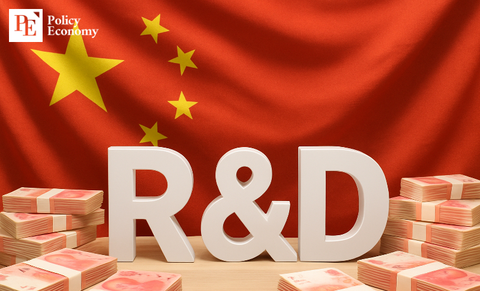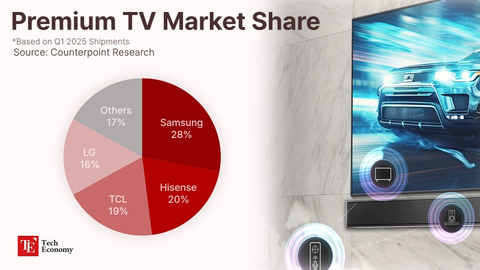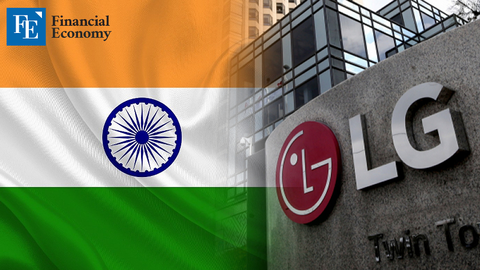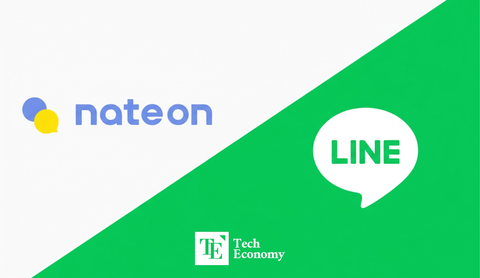LG Electronics Sets Sights on Indian Market Listing With $8.6 Billion Valuation, but Faces Shareholder Backlash
Input
Modified
Use of Proceeds Undisclosed
IPO Delayed Amid Market Uncertainty
Fears of Dilution and Undervaluation

LG Electronics announced plans to list its Indian subsidiary on the local stock exchange on the 14th, aiming to raise up to about $1.4 billion (140 billion rupees) by selling a 15% stake. While the company has not revealed how the proceeds will be used, industry analysts expect reinvestment in distribution networks and factory upgrades. At the same time, the IPO has stirred concern over shareholder dilution and renewed debate about the risks of double listings.
Potential Uses Include Distribution Expansion and Factory Upgrades
On the 1st, LG Electronics said it had received final approval from the Securities and Exchange Board of India for the listing, disclosing the planned 15% equity sale and schedule. The price band was set at about $1.1 billion(110 billion rupees) to about $1.16 billion(116 billion rupees), with shares priced between about $10.80(1,080 rupees) and about $11.40(1,140 rupees). The sale is scheduled for the 13th, with trading to begin on the 14th.
Based on those figures, the Indian unit’s valuation comes to as much as about $8.6 billion(758 billion rupees), placing it well ahead of listed peers such as Whirlpool India at about $2.2 billion(151.6 billion rupees) and Tata-owned Voltas at about $6.5 billion(454.8 billion rupees). The final offering price could come in at the high end, allowing the unit to raise as much as about $1.6 billion(114 billion rupees).
Industry watchers are focused on how LG will deploy the capital. Likely uses include equity investments and acquisitions to secure future growth. With the company reorienting its portfolio toward qualitative expansion in business-to-business markets, analysts expect spending to target promising sectors that can bolster long-term competitiveness over the next five to ten years.
India’s appliance market is considered a high-growth frontier, thanks to a population of 1.4 billion and rapid economic expansion. Penetration remains low—40% for refrigerators, 20% for washing machines, and 10% for air conditioners—leaving ample room for growth. Since entering India in 1997, LG has built a comprehensive local business model, operating two manufacturing bases, 51 offices, and more than 780 branded shops. A third plant is under construction in Sricity, complementing existing factories in Noida and Pune.

IPO Relaunched as Market Stabilizes
LG suspended its Indian IPO plans in mid-April amid mounting uncertainties, including U.S. tariffs on Indian exports and escalating border clashes with Pakistan. Analysts agreed that pushing ahead could have led to undervaluation and weak demand. Although the company had secured preliminary approval in March and could have proceeded immediately, stepping back proved prudent.
Conditions have since improved. India and Pakistan agreed to a cease-fire in May, easing fears of open conflict, though tensions lingered. On trade, the U.S. imposed 50% retaliatory tariffs on Indian products due to Russian oil imports, unsettling markets, but both countries resumed negotiations in September and are set to continue in November, pointing to stabilization.
Indian market rules require IPOs to be completed within one year of preliminary approval, giving LG until March. The company’s decision to move forward now reflects confidence that conditions have settled. LG Electronics President Cho Joo-wan emphasized in an April lecture at Seoul National University, “The goal of the IPO is not to raise money quickly, but to ensure the company’s value is properly recognized and shareholder value is protected.” Analysts interpreted this as a signal that LG is prioritizing long-term corporate value rather than short-term fundraising.
The subsidiary’s strong performance bolsters prospects. In 2024, revenue rose to 239.4 billion rupees (about $3.4 billion), up 14.8% year-on-year, while net profit climbed 43.4% to 21 billion rupees (about $300 million). First-quarter revenue this year grew 19% to 78.6 billion rupees (about $1.1 billion), with net profit up 33.1% to 7.8 billion rupees (about $110 million).
Double Listing Concerns Stir Quiet Response From LG
The problem is that the listing of LG Electronics’ Indian subsidiary goes beyond a simple fundraising event and has sparked controversy among Korean investors over the issue of double listing. Critics point out that while LG is securing a large amount of capital in a short period of time by selling part of its stake in the Indian unit, minority shareholders of the parent company may be harmed in the process. When a subsidiary of a specific company is independently listed on a foreign stock exchange, the value of the parent company’s holdings is diluted, creating what is known as a “double counting” problem in which the parent’s market capitalization ends up being undervalued.
The Indian unit’s potential valuation is about $8.6 billion (860 billion rupees), nearly equal to LG Electronics’ own market capitalization of about $9.86 billion (986 billion rupees). While strong growth makes overvaluation unlikely, Korean investors fear that these gains may not be fully reflected in the parent’s stock, leaving small shareholders sidelined.
Analysts note that the issue is not unique to LG. Similar concerns have surrounded recent overseas listings by affiliates of Naver and Hyundai Motor. Hyundai’s Indian unit, for example, raised 284.4 billion rupees (about $4.0 billion) in its October IPO last year, but investors criticized the move for failing to protect parent shareholder value.
Academics also raised alarms. Seoul National University professor Kim Woo-jin said, “Foreign subsidiary listings are inherently vulnerable to double counting unless protections are in place, such as distributing subsidiary shares directly to parent shareholders, as in the U.S.” Hanyang University professor Lee Chang-min added, “Even if overlooked because it’s a foreign listing, the risk of value dilution remains.” Still, others argue the IPO could enhance shareholder value if proceeds are used aggressively for future investments and shareholder returns. With the offering on track, LG Electronics’ India listing is poised to move forward as planned.






















Comment